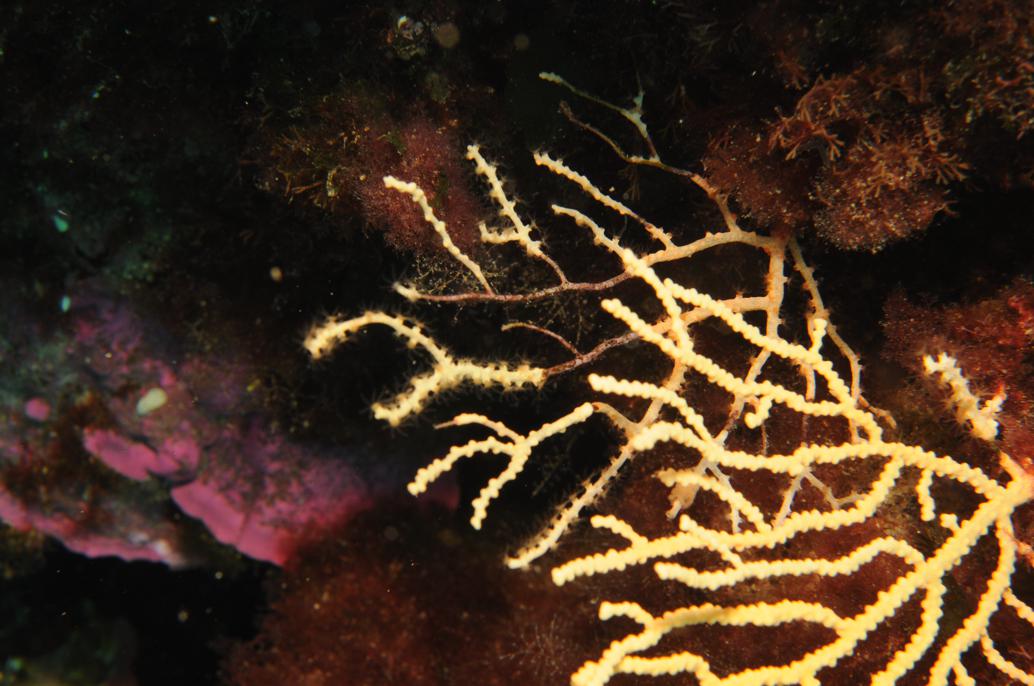News of the ADACNI project:
two members of the project have obtained a permanent position: Anne Haguenauer at CNRS and Jérémie Vidal-Dupiol at IFREMER. Congratulations!
On the future of the oceans: towards marine defaunation?
A new and interesting synthesis of the impact of human activities on the oceans has been recently published in Science:
http://www.sciencemag.org/content/347/6219/1255641.short
As stated by the authors, corals have consistently been highlighted as marine ecosystems of special concern to defaunation with important ecological and human consequences. But this article is also about other marine species and ecosytems!
Here are three main conclusions from the authors:
(i) today’s low rates of marine extinction may be the prelude to a major extinction pulse, similar to that observed on land during the industrial revolution, as the footprint of human ocean use widens; (ii) effectively slowing ocean defaunation requires both protected areas and careful management of the intervening ocean matrix; and (iii) the terrestrial experience and current trends in ocean use suggest that habitat destruction is likely to become an increasingly dominant threat to ocean wildlife over the next 150 years.
It is still time for adequate management strategies, but this would require quick and substantial efforts.
Coral spawning:
here is a nice video of coral spawning!
http://marinesciencetoday.com/2013/09/24/amazing-opportunity-to-watch-coral-spawning-event-live/
Necrosis of Mediterranean octocorals:
Some necrosis have been observed on various octocoral species near Marseille in September and October 2013. Depending on their extent, this might have important ecological consequences. Understanding the origin of these events is one of the obejctives of this project. We will also focus on the understanding of the differences of responses between individuals, populations and species.
- Photos: F. Zuberer

The red gorgonian, Paramuricea clavata. The white parts correspond to the skeletal axis of the colony following the necrosis of living tissues (in red).
Photo F. Zuberer

Necrosis on the red coral Corallium rubrum: the squelettal axis is visible (the red, striated parts).



